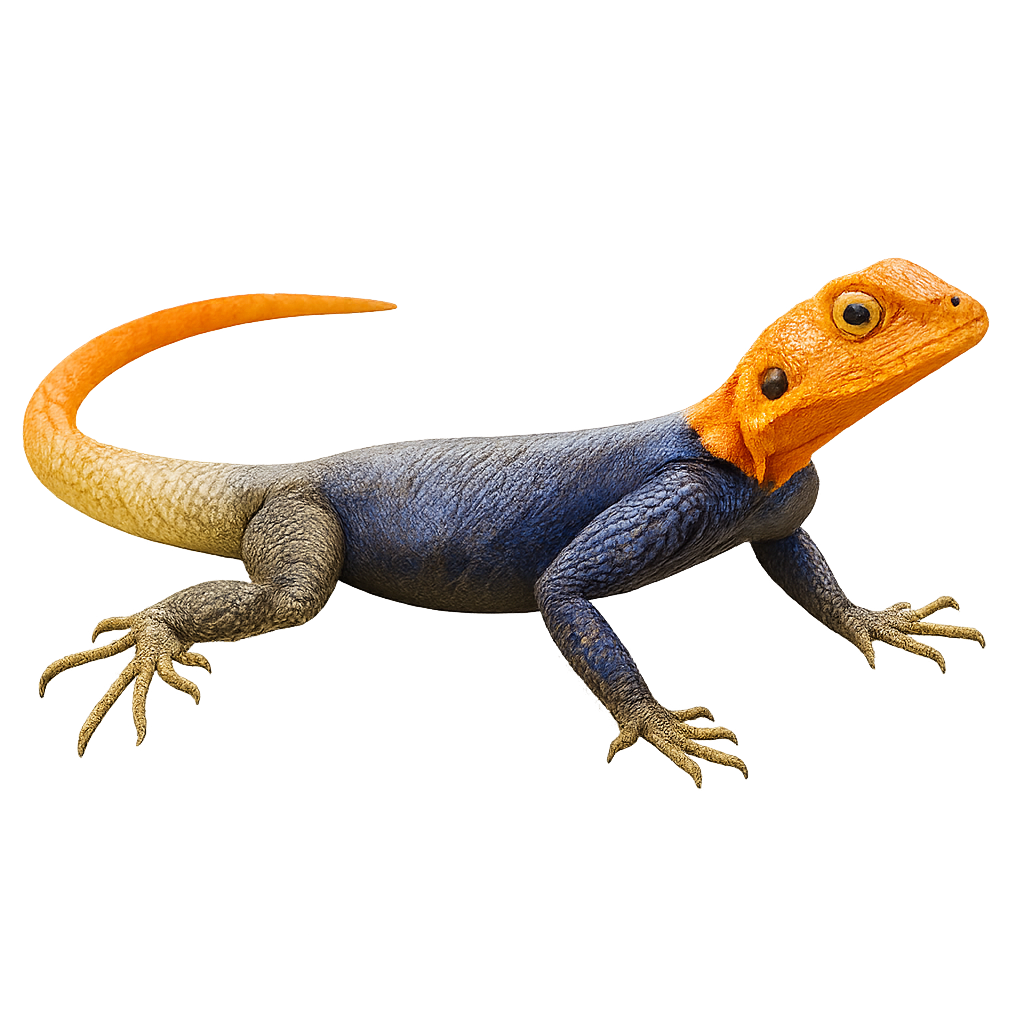Your wildlife photography guide.
Explore the painted agama in detail, study its behavior, prepare your shots.
Where to observe and photograph the painted agama in the wild
Learn where and when to spot the painted agama in the wild, how to identify the species based on distinctive features, and what natural environments it inhabits. The WildlifePhotographer app offers tailored photography tips that reflect the painted agama’s behavior, helping you capture better wildlife images. Explore the full species profile for key information including description, habitat, active periods, and approach techniques.
Painted Agama
Scientific name: Agama picticauda

IUCN Status: Least Concern
Family: AGAMIDAE
Group: Reptiles
Sensitivity to human approach: Suspicious
Minimum approach distance: 3 m
Reproduction period: March to June
Incubation: 55–70 jours
Births: May to August
Habitat:
rocky areas, savannas, open forests
Activity period :
Active during the day when temperatures are favorable, often seen basking in the sun.
Identification and description:
The Painted Agama, Agama picticauda, is a colorful lizard native to West Africa. It is known for its vividly patterned tail and bright colors, ranging from brown to red, with hints of blue and green. This lizard is often found in rocky areas and savannas, basking in the sun. It is diurnal and primarily feeds on insects. Males are generally more colorful than females, especially during the breeding season. Although relatively tolerant of human presence, it prefers to keep its distance. Its ability to change color depending on its mood or environment is fascinating and makes it popular among reptile enthusiasts.
Recommended lens:
Macro – adjust based on distance, desired framing (portrait or habitat), and approach conditions.
Photography tips:
To photograph the Painted Agama, choose early morning or late afternoon when the light is soft. Use a macro lens to capture the details of its scales and vibrant colors. Approach slowly to avoid startling it, maintaining a safe distance of about 3 m. A tripod can be helpful to stabilize your camera and achieve sharp images. Be patient and observe its behavior to anticipate its movements.
The WildlifePhotographer App is coming soon!
Be the first to explore the best nature spots, track rutting seasons, log your observations, and observe more wildlife.
Already 1 429 wildlife lovers subscribed worldwide

